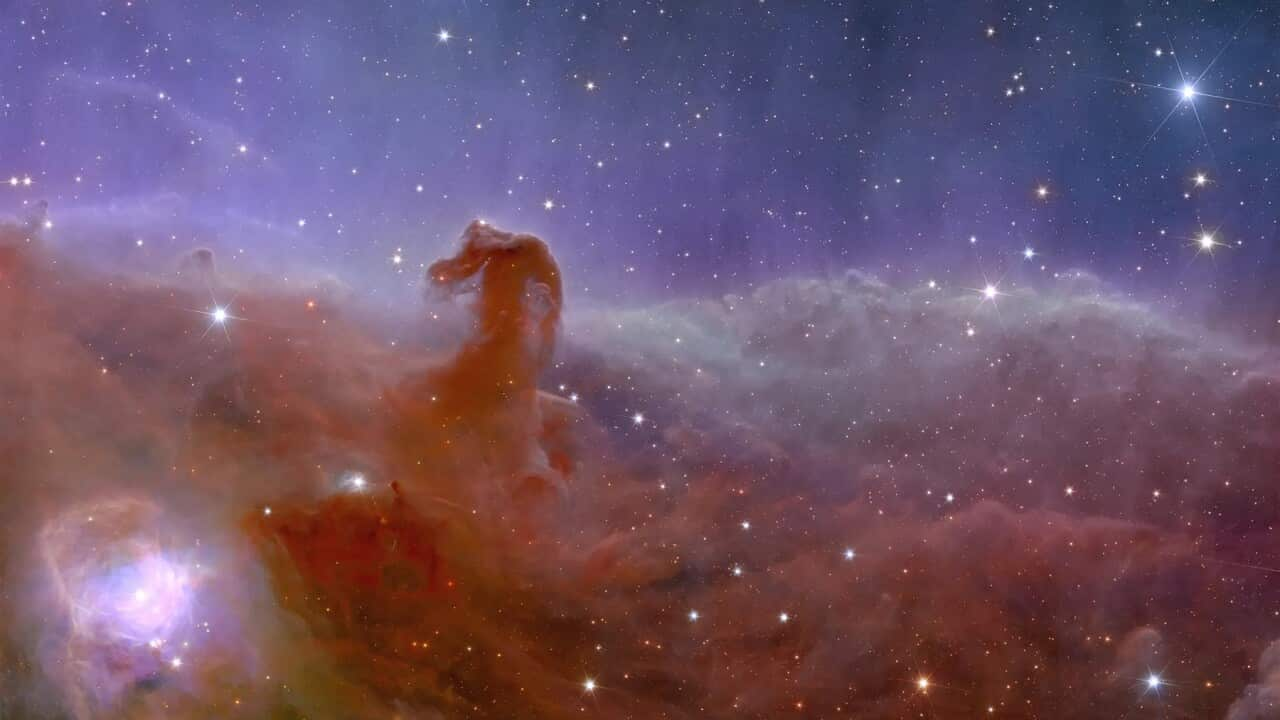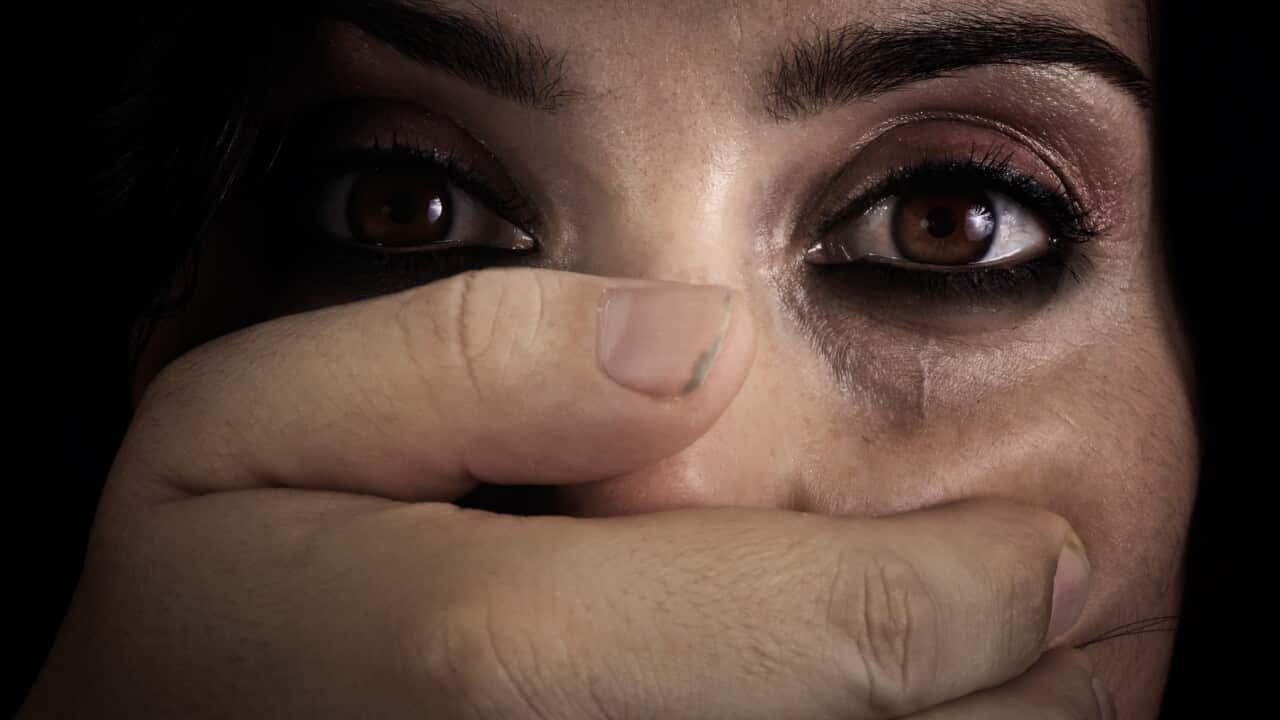English
Four months after its launch from Cape Canaveral in the United States, scientists have unveiled the first pictures taken by the European space telescope Euclid.
The pictures reveal a shimmering and stunning collection of galaxies too numerous to count - including a panoramic view of the Horsehead Nebula.
Johannes Laureijs is a Euclid project scientist at the Space Agency (ESA).
"We have worked very hard to make very nice first science images. That's because Euclid has shown very nice performances, exactly what we expected, in fact, and even better at some points."
The agency says that although the celestial landscapes captured by Euclid have been observed before by the Hubble Space Telescope and others, these snapshots provide "razor-sharp" images across a large patch of the sky and looking far into the distant universe.
The images span four areas of the relatively nearby universe, including 1,000 galaxies belonging to the massive Perseus cluster - just 240 million light years away - and more than 100,000 galaxies spread out in the background.
The agency's director of science Carole Mundell says Euclid's images could help them understand better how such vast, seemingly organised structures could have formed.
"There's just so much rich science and physics to be extracted from these images. And of course, the colours themselves tell us something about the physics encoded in the light too. So we've got lots of codes to decode as we work through this. But what we also know is that the dark matter and dark energy and the physics that govern those are also encoded in the shapes and the structures and the patterns that we will see with these Euclid images as we build up the survey."
For ESA Director General Josef Aschbarger, the mission isn't just about science.
"This is a new concept where we use space to the best possibility in order to support much bigger political ambitions. I take the example of space for a green future as one example, where we use the space assets to help Europe decarbonise the economy."
But for now, the director-general says it's all about celebrating the milestones of the agency's science program and looking ahead to the discoveries still to come.
Carole Mundell says the telescope's ultimate goal is to survey billions of galaxies over the next six years, creating the most comprehensive 3D map of the cosmos ever made.
"It's going to survey 36 percent of the sky, which is the entire extragalactic sky, back to 10 billion years of cosmic history. It's got incredible precision for measuring the shapes of galaxies, so we understand the optics very well. We'll also be measuring where they are in 3D. So we'll actually make the largest 3D catalogue of the universe."
Italian
Quattro mesi dopo il suo decollo da Cape Canaveral negli Stati Uniti, gli scienziati hanno svelato le prime fotografie scattate dal telescopio spaziale europeo Euclide.
Le foto rivelano una collezione scintillante e mozzafiato di galassie troppo numerose da essere contate – inclusa una vista panoramica della Nebulosa Testa di Cavallo.
Johannes Laureijs è uno scienziato del progetto Euclide presso l’Agenzia Spaziale Europea (ESA).
"We have worked very hard to make very nice first science images. That's because Euclid has shown very nice performances, exactly what we expected, in fact, and even better at some points."
L’ente sostiene che, sebbene i paesaggi celesti immortalati da Euclide siano stati già osservati precedentemente dal telescopio Hubble Space ed altri, queste instantanee forniscono immagini dettagliatissime di ampie porzioni di cielo, fino all’universo remoto.
Le immagini coprono quattro aree dell’universo relativamente vicino, incluse mille galassie che appartengono al gigantesco superammasso di Perseo – distante soltanto 240 milioni di anni luce - e più di 100mila galassie sparse sullo sfondo.
Secondo la direttrice scientifica dell’ente, Carole Mundell, le immagini di Euclide potrebbero aiutare a capire meglio come queste vaste eppur apparentemente organizzate strutture si siano formate.
"There's just so much rich science and physics to be extracted from these images. And of course, the colours themselves tell us something about the physics encoded in the light too. So we've got lots of codes to decode as we work through this. But what we also know is that the dark matter and dark energy and the physics that govern those are also encoded in the shapes and the structures and the patterns that we will see with these Euclid images as we build up the survey."
Per il direttore generale della ESA Josef Aschbarger, la missione non è soltanto scientifica.
"This is a new concept where we use space to the best possibility in order to support much bigger political ambitions. I take the example of space for a green future as one example, where we use the space assets to help Europe decarbonise the economy."
Ma per il momento, il direttore generale sostiene che c’è da festeggiare il traguardo del programma scientifico dell’ente e guardare avanti alle scoperte che verranno.
Carole Mundell ha detto che l’obiettivo ultimo del telescopio è quello di analizzare miliardi di galassie nei prossimi sei anni, creando la più dettagliata mappa 3D del cosmo mai realizzata.
"It's going to survey 36 percent of the sky, which is the entire extragalactic sky, back to 10 billion years of cosmic history. It's got incredible precision for measuring the shapes of galaxies, so we understand the optics very well. We'll also be measuring where they are in 3D. So we'll actually make the largest 3D catalogue of the universe."
Report by SBS News.





